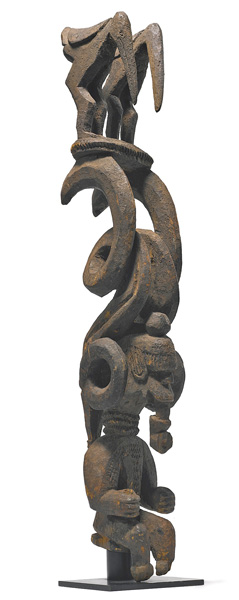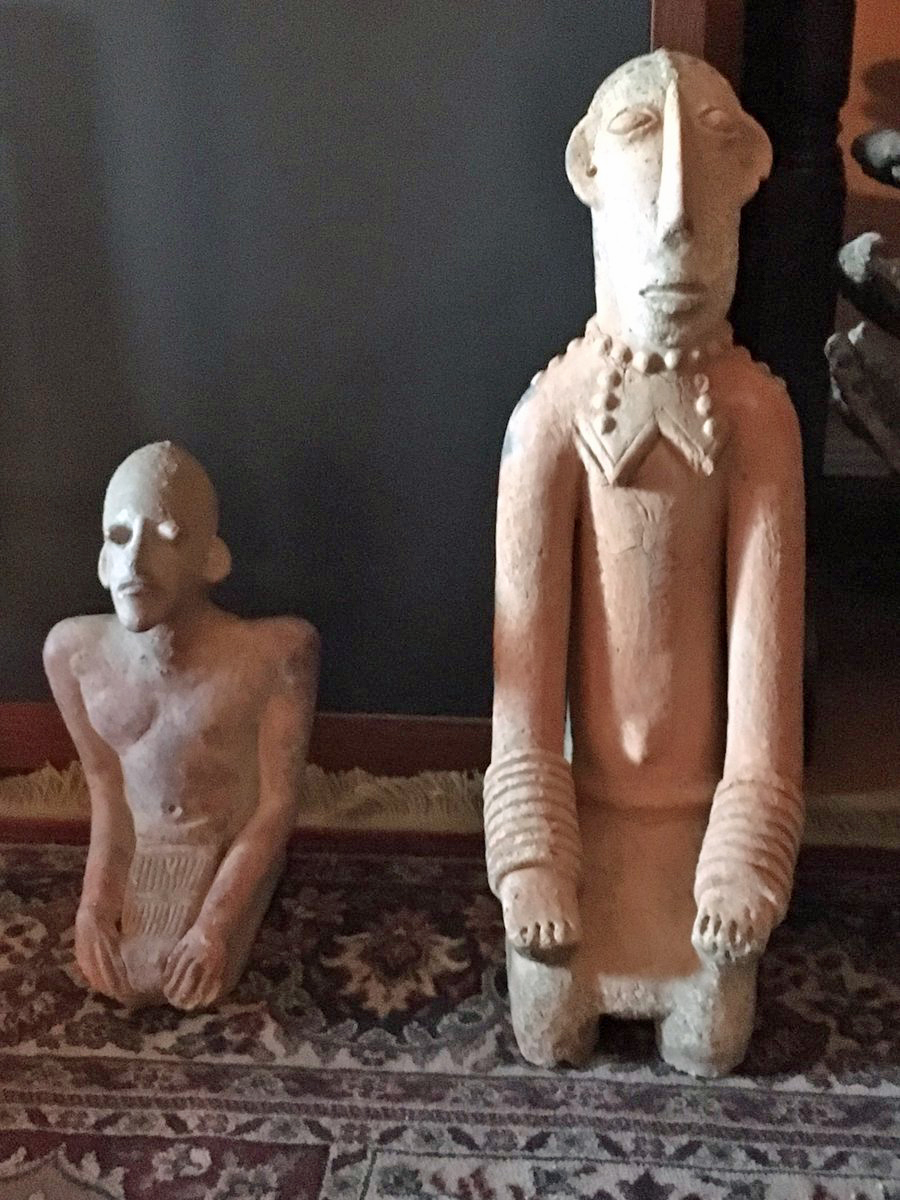Collecting African Tribal Art : Timeline of 2023 Repatriation of Stolen or Looted Artworks.
February 14, 2024 Leave a comment
This post looks at the drivers of precedent set by institutions which returned cultural and private items, specifically when the same respect and treatment is expected for African Tribal Art and African peoples. “In Greece, there were renewed calls for the return of the the Parthenon Sculptures (also known as the Elgin Marbles) from the British Museum, and in Nigeria, there’s the ongoing campaigns for the return of the Benin Bronzes, artifacts mainly connected to a British raid on Benin City in 1897.”
The article “Was 2023 the Year Looted Art Returned Home? [Burack, Emily – 12/15/23]” shows a clearly developed timeline of related 2023 events.
1. Looted items (by Aggressors)
September 12: The Netherlands announced they will begin the process for returning dozens of Nazi looted works of art to the rightful owners. “We will never be able to undo that suffering, but we can do as much as possible about it by returning as many objects as possible to them,” Simone van Wijk, an origin researcher with the Cultural Heritage Agency said.
2. Looted items (by non-Aggressors)
October 19: “Landscape of Italian Character” by Johann Franz Nepomuk Lauterer (above), stolen by an American solider during World War II, was repatriated to Germany thanks to Christopher Marinello, the founder of Art Recovery International, and the FBI’s Art Crime Team in Chicago. “On occasion, we come across cases, such as this, where Allied soldiers may have taken objects home as souvenirs or as trophies of war,” Marinello said in a statement. “Being on the winning side doesn’t make it right. We expect everyone to do the right thing and return stolen artwork wherever it may be located.”
3. Items deemed as ‘Living Spirits” or “Receptacles for Living Spirits”:

June 16th : Germany returned two wooden masks (above) to the indigenous Kogi community in Colombia….. “The Kalguakala [masks] are of total importance to us as they are sacred,” Arregocés Conchacala Zalabata, a representative of the Kogi, said. “They are not a historical artefact, they are alive. With the masks we perform ceremonies to connect and work with the spirit of the sun, the waters, the mountains and the world’s many species.”
4. Items transferred under duress as a result of pressure from a governing regime.
June 5: The city of Hagen, Germany restituted “View of the Sea from Haut Cagnes” by Auguste Renoir to the heirs of Jakob Goldschmidt, a Jewish banker persecuted by the Nazis. The city then repurchased it so it can stay on view in the Osthaus Museum. “The heirs of Jakob Goldschmidt are happy to have reached a satisfactory agreement for both sides in this matter after more than 15 years of intensive discussions,” their lawyer, Sabine Rudolph, said in a statement. “The restitution of the painting is a recognition of the fact that their grandfather suffered great wrongs under the Nazi regime, including huge financial losses.
5. Trafficking (Looting/Smuggling) of Cultural Assets :
July 11: The Illinois State Museum returned vigango, sacred wooden memorial statues, to Kenya. “These items are sacred and inalienable from the people who created them,” Brooke Morgan, a curator of anthropology at the museum, said in a statement. “Separating vigango from their rightful owners harms the spiritual well-being of the whole community.”
This particularly has a huge impact on the African Tribal Art community since items used in funerary or reliquary activities fall under a similar umbrella and it is not worth the trouble if one does not have a clear line of provenance and purchase.
Epilog : I will end this on two interesting notes.
“Ghana artifacts looted 150 years ago by British have been returned by a U.S. museum“. Seven royal artifacts looted 150 years ago by British colonial forces from Ghana’s ancient Asante kingdom and kept by a United States museum have been returned and presented to the kingdom on Thursday, the latest of a series of stolen treasured items being repatriated to several African countries.”
Stolen Cultural Property: A due diligence Primer:
On another note: The Yale University of African Tribal Art has an amazing collection of African Terracotta (Sokoto, Katsina, Nok, Djenne). Many of these items were donated to the faculty and may have been purchased at some point in time with good intent. In particular however the legacy collection of Bayard Rustin may not pass the legal test for proper ownership since items were said to have been received as “gifts” in the 1950s which can pass as a euphemism for smuggling.










